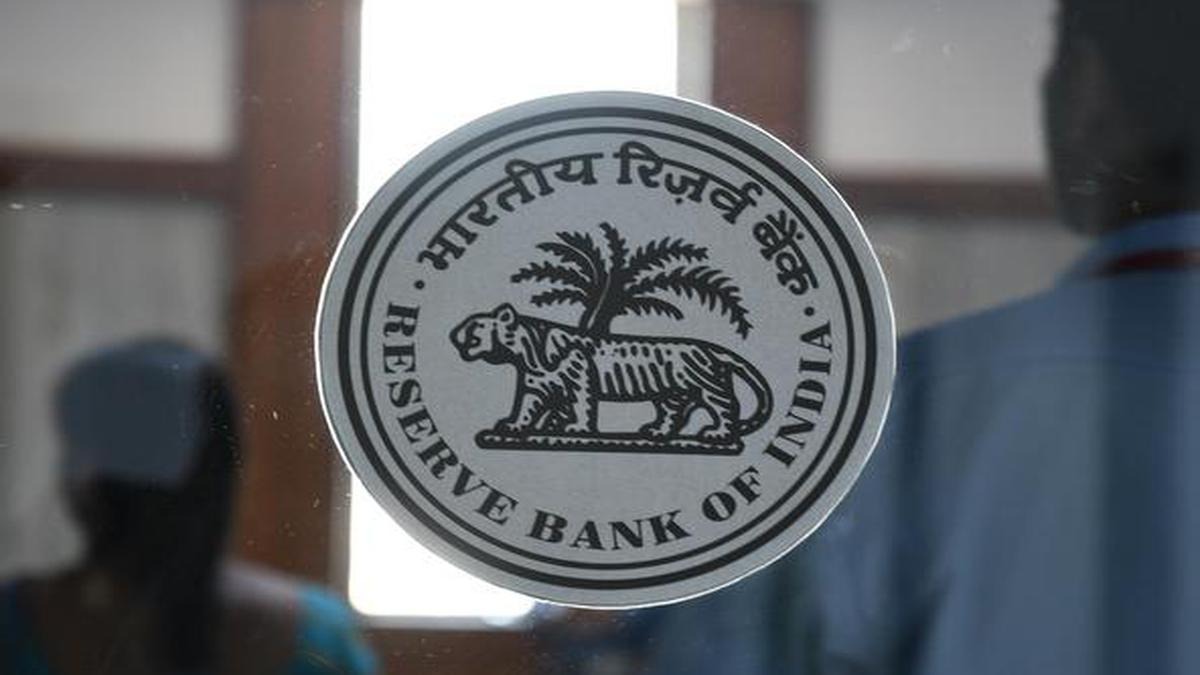The Reserve Bank of India's latest numbers on household assets and liabilities paint a complex picture of economic activity in the country. As the economy has improved, net financial savings as a proportion of GDP decline, and questions are raised regarding Indian families' financial management.
Key Highlights
-
Net financial saving reduced from 11.5% of GDP in 2020–21 to just 5.3% in 2023–24
-
The fiscal liabilities rose from 3.9% of GDP during 2020–21 to 6.4% in 2023–24
-
Nonresidential retail loans are at 54.9% of household debt, with the majority of them being consumed rather than invested to generate assets
What's Driving the Change
-
As economic optimism grows, consumers are taking on more to improve lifestyles—cars, electronics, holidays—instead of investing in assets that gain value
-
Direct investment in mutual funds has been rising steadily, with domestic investment rising from ₹17.3 lakh crore as of 2021 to ₹33.9 lakh crore as of 2024
-
The share of mutual fund involvement in financial asset flows increased from 2.1% in 2020–21 to 7% in 2023–24
How It Works
-
The fall in net savings reflects rising reliance on borrowing, as long as profits are stable
-
Financial planners recommend avoiding overleveraging, especially for consumption of lifestyle
-
Families must have emergency funds, EMIs must be limited to 40% of income, and growth products must take precedence over fixedreturn schemes
The data reflects a shift in attitude—prudent saving to optimistic spending—but also a requirement for close financial planning.
Sources: The Hindu BusinessLine, The Hindu, Reserve Bank of India, Ministry of Statistics and Programme Implementation

